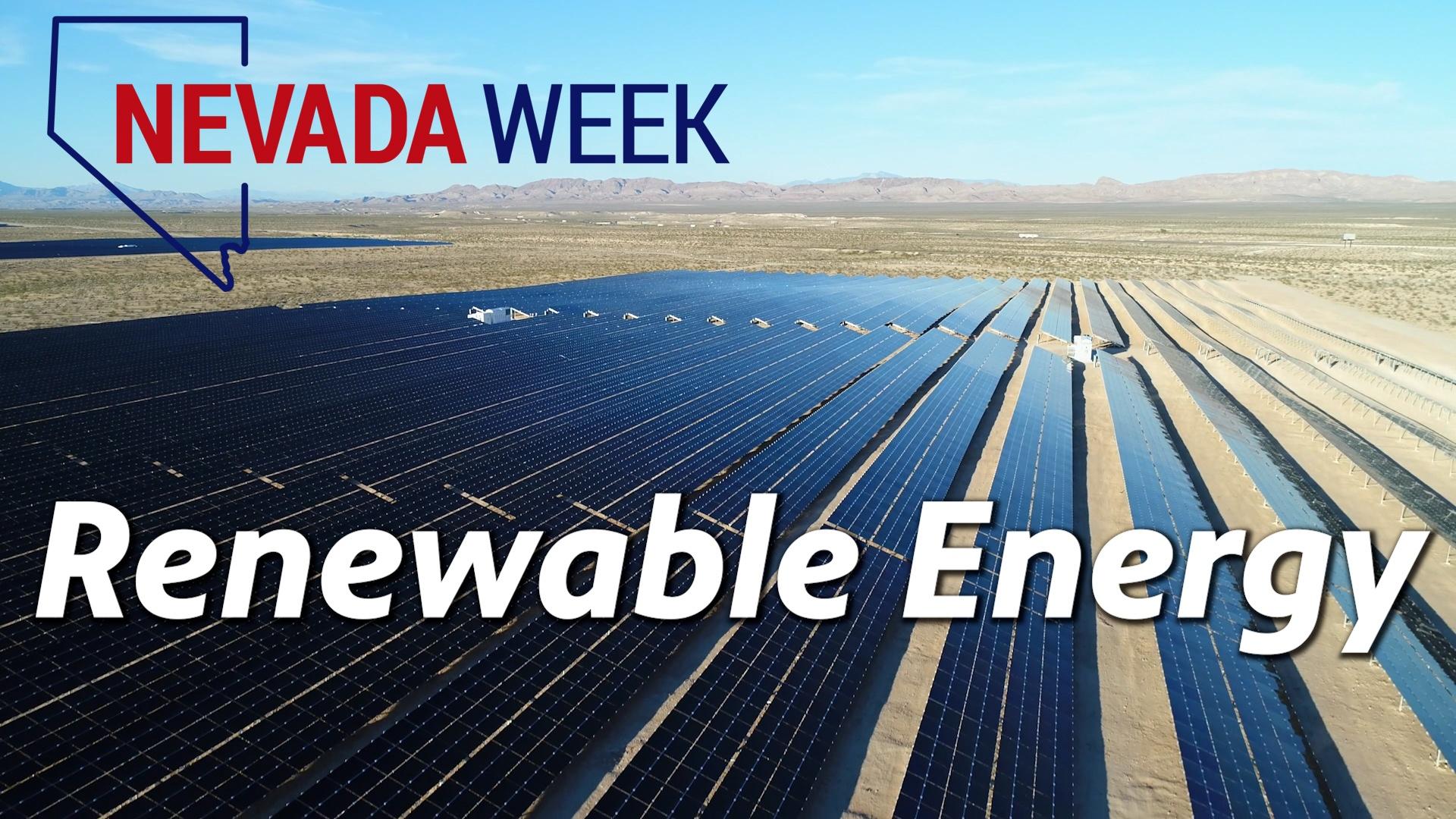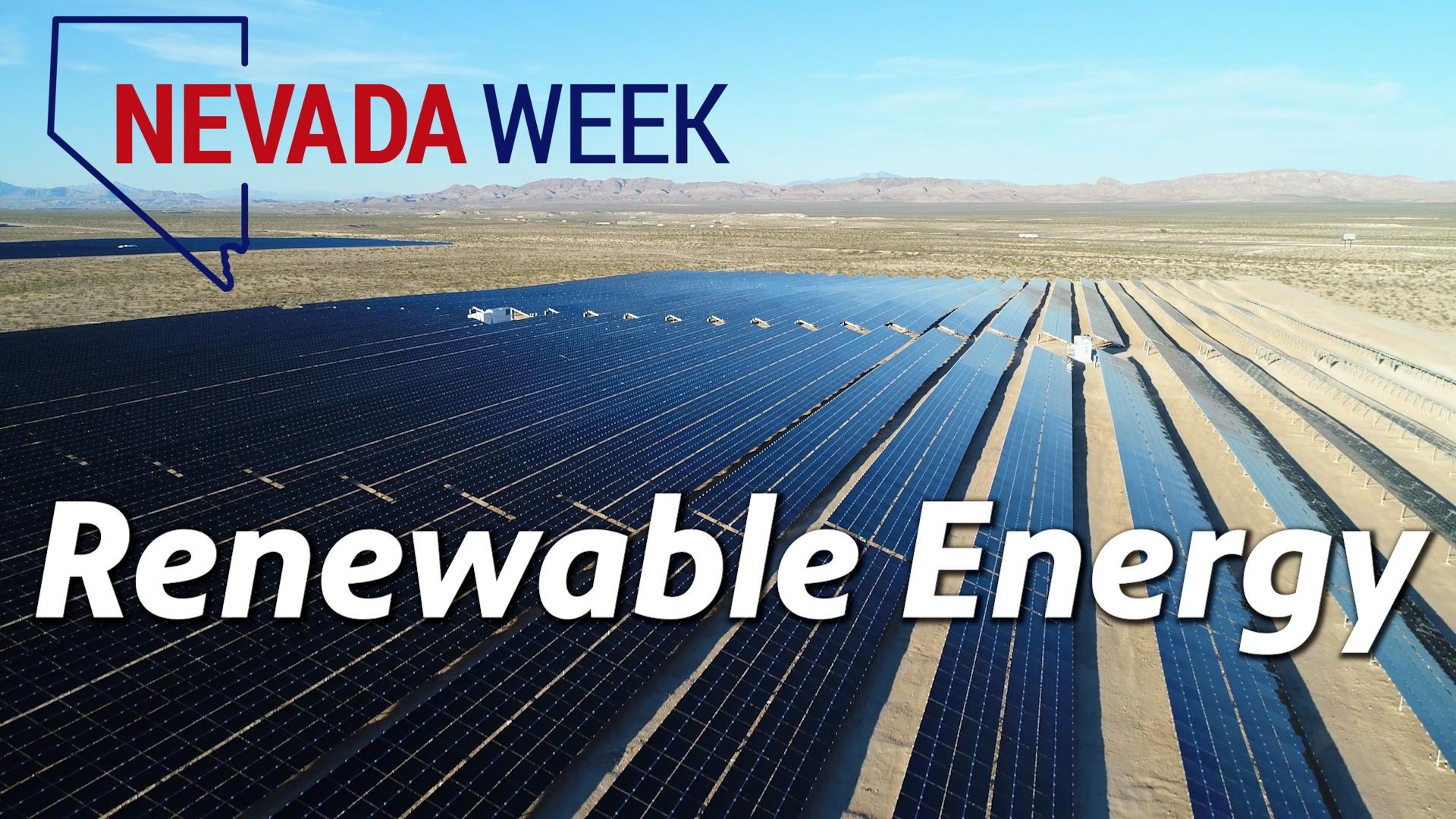Renewable Energy


Conservationists are asking for more planning around large-scale solar projects.

SEASON 4: EPISODE 5 | Airdate: 8/13/2021
With nearly endless sunny days and seemingly empty desert landscapes, Nevada appears to be an ideal place to set up solar power plants but putting solar panels in the desert is proving to be more fraught than people may realize.
The arrays can take thousands of acres of delicate desert and moving that power from rural areas to urban centers is not as easy as it seems.
Daniel Rothberg is the environmental reporter for the Nevada Independent. He said renewable energy, like solar power, is a huge part of the efforts by Nevada and the rest of the country to address climate change.
Rothberg said a recent United Nations report about climate change shows just how urgent the threat is if the global community does not act quickly to transition away from burning fossil fuels to using clean energy like solar.
However, placing large-scale solar power plants into the desert has met with challenges, he said. Rothberg said that since much of Nevada’s land is public land managed by federal agencies like the Bureau of Land Management those agencies need to give approval before solar arrays can be placed on the land.
Recently, what would have been the largest solar power plant in the U.S. was stopped. Battle Born Solar was supposed to be built on part of the Mormon Mesa near Overton. Many residents in the area objected but it was also an example of the state and local jurisdictions not seeing eye-to-eye Rothberg said.
The state approved of the project but Clark County officials noted it was what is known as ‘high conflict’ areas, meaning there were a lot of potential problems putting a solar array there.
Patrick Donnelly is the Nevada State Director for the Center for Biodiversity. His group is not opposed to solar power but they do want to see a comprehensive plan around where solar power arrays are built to avoid the kind of conflicts seen at Mormon Mesa.
Donnelly said right now just about anyone with a lease to build a solar plant can do so on land managed by the BLM, but those lands are often the ones filled with rare and threatened species like the desert tortoise. He said that protecting species like the tortoise and other plants and animals threatened by development is imperative because, besides being in a climate crisis, the planet is also in an extinction crisis with animal and plant species being pushed into extinction every day.
Donnelly said it is not an either-or scenario. Instead, he said good planning can protect delicate species and allow for appropriately placed solar arrays.
For example, Greenlink Nevada would put power transmission lines along Highway 50, commonly known as the Loneliest Highway, an empty and mostly pristine area of the Nevada desert. Donnelly said the transmission lines could go along Interstate 80 instead, where land is already developed, but since that land is both publically and privately held, it is more complicated to get the needed approval.
He said state agencies have it within their power to lay out a plan for solar power but someone “needs to take the bull by the horns.”
